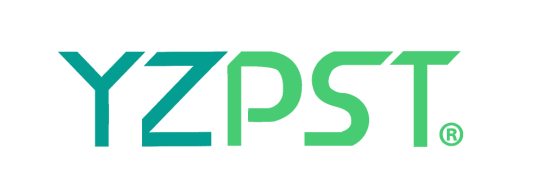The Zener diode is a device made by utilizing the regulation performance exhibited by the reverse breakdown characteristics of the PN junction. Zener diodes, also known as Zener diodes or reverse-breakdown diodes, act as a stabilizing voltage in the circuit. It is characterized by the fact that the reverse voltage does not change with the reverse current in a certain reverse current range after the diode is reversely broken down. Zener diodes are typically fabricated from silicon semiconductor materials by alloying or diffusion methods. It has both the unidirectional conduction characteristics of ordinary diodes and the reverse breakdown state. When the reverse voltage is low, the Zener diode is turned off; when the reverse voltage reaches a certain value, the reverse current suddenly increases, and the Zener diode enters the breakdown region, even if the reverse current changes over a wide range. The reverse voltage across the Zener diode can also remain essentially unchanged. However, if the reverse current increases to a certain value, the Zener diode will be completely broken down and damaged.
Zener diodes can be classified into various types depending on their package form, current capacity, and internal structure. According to its package form, the Zener diode can be divided into a metal case package voltage regulator diode, a glass package (referred to as a glass seal) voltage regulator diode and a plastic package (referred to as plastic package) voltage regulator diode. Plastically stabilized diodes are divided into leaded and surface mounted types.
The main parameters of the Zener tube are:
1 regulated value VZ. Refers to the voltage drop across the regulator when the current flowing through the regulator is at a specified value.
2 voltage temperature coefficient. The temperature coefficient of the voltage regulator VZ is a negative temperature coefficient when VZ is lower than 4V; when the value of VZ is greater than 7V, the temperature coefficient is positive; and when the value of VZ is about 6V, the temperature coefficient is It is approximately zero. At present, the low temperature coefficient voltage regulator tube is formed by the reverse connection of two voltage regulator tubes. When the two voltage regulator tubes are in the forward and reverse working state, they have positive and negative temperature coefficients, which can obtain good temperature compensation. .
3 dynamic resistance rZ. It indicates the strength and inferiority of the voltage regulator's voltage regulation performance. The larger the general operating current, the smaller the rZ.
4 allows power consumption PZ. The temperature rise allowed by the Zener tube determines that the PZ value of the small power regulator tube is 100-1000 mW, and the high power can reach 50W.
5 stable current IZ. The current applied when testing the regulator parameters. When the current flowing through the Zener diode is lower than IZ, it can still be regulated, but rZ is larger.
The primary use of a Zener is to stabilize the voltage. In the case where the required precision is not high and the current variation range is not large, the voltage regulator tube closest to the required voltage regulation value may be directly connected in parallel with the load. It is generally used as a reference power supply in a regulated, steady current power supply system, and as a DC level shift in an integrated operational amplifier. The disadvantages of its existence are high noise figure and poor stability.






